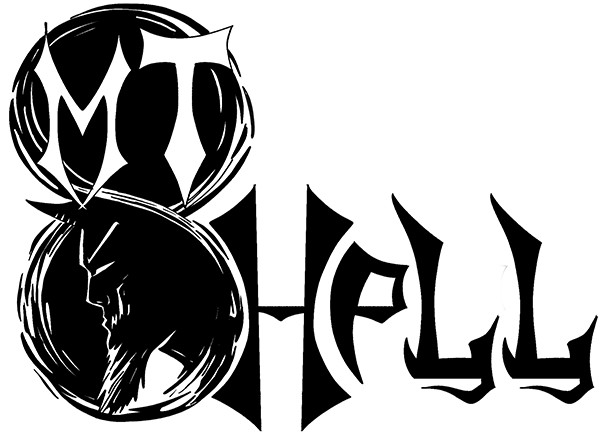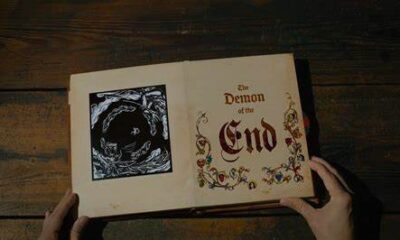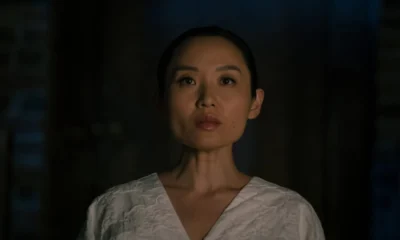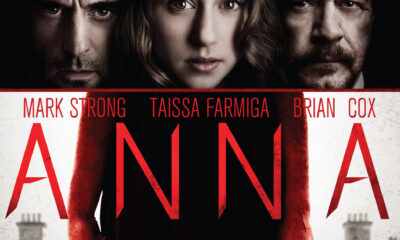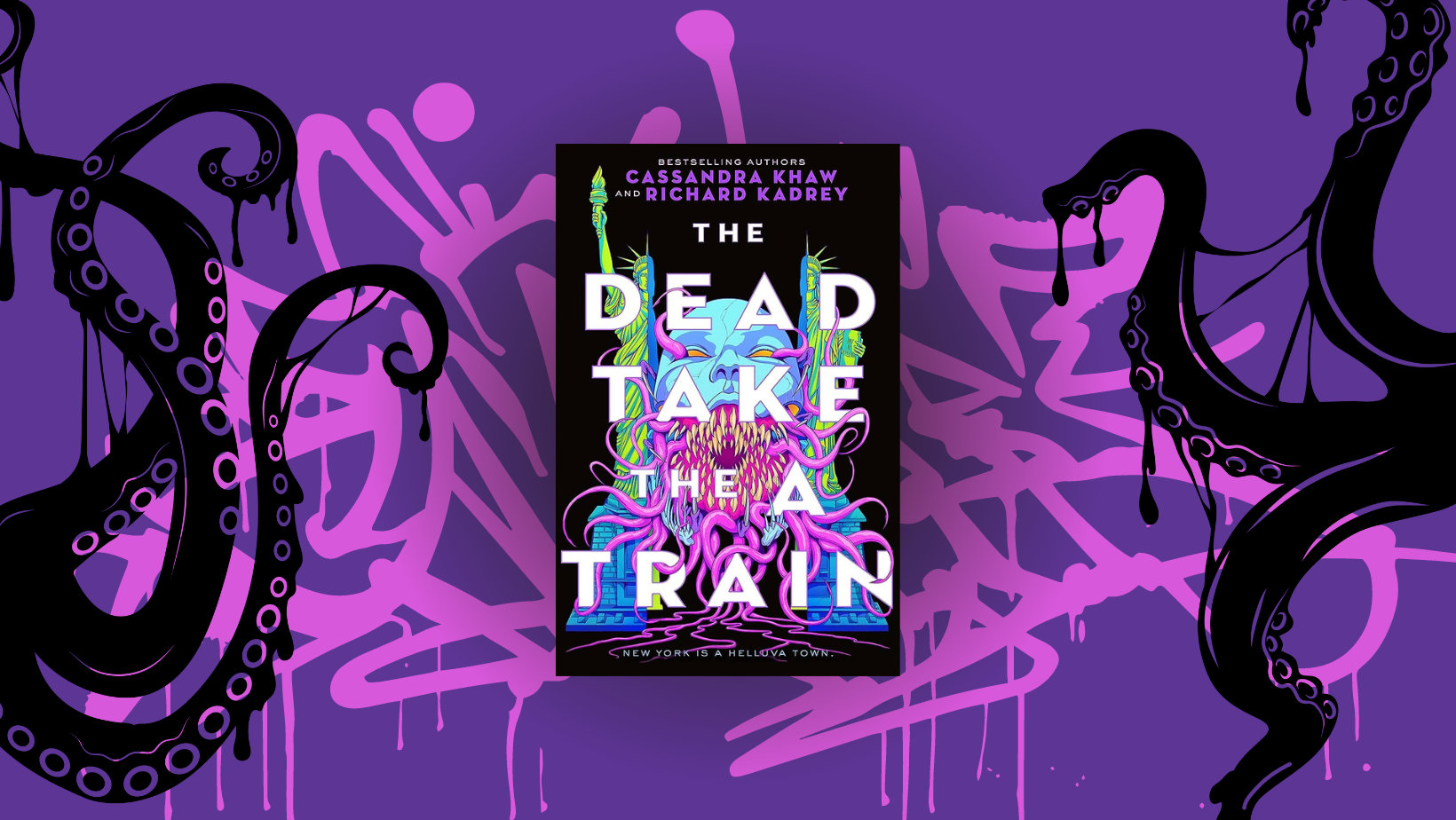
The Dead Take the A Train Review: Queer Magic and Monster Mayhem
“Julie crawled onto the table, straddling her intern, both hands around the knife. She torqued it downward, cursing. Brad shrieked harder.”
-pg 57, The Dead Take the A Train by Cassandra Khaw & Richard Kadrey
The Dead Take the A Train is the first book in a duology by authors Cassandra Khaw and Richard Kadrey. It was published in 2023 by Tor Nightfire (like the Scourge Between Stars, which I reviewed here). I was not previously familiar with Kadrey’s work, which most notably includes the Sandman Slim series. However, I was introduced to Khaw through The Salt Grows Heavy (review here), which I absolutely adored in all its twisted, gory glory. Therefore, I was thrilled to pick-up The Dead Take the A Train, which promised similar heart in a modern cosmic horror package.
In The Dead Take the A Train, a magical fixer named Julie must hunt down eldritch monstrosities threatening the lives of those around her. To do this, she has to go up against her shitty ex, a questionable angel, finance executives, and her own sobriety. When an old friend shows up, Julie is terrified to find herself making a retirement plan that doesn’t involve getting murdered by a demon.
The Dead Take the A Train is reminiscent of N.K. Jeminsin’s The City We Became, with both featuring queer characters tackling eldritch horror plots in New York City. In the same way, the novel was reminiscent of a gorier version of Dimension 20’s Unsleeping City actual play series. However, it clearly carves out a space for itself among the droves of cosmic-horror inspired love letters to New York City. For one, it is mostly unconcerned with borough beef, which (not to sound like a curmudgeonly Midwesterner), is so refreshing. The book also has a relatively novel way the world works, which helps it stay memorable.
Overall, I really liked The Dead Take the A Train. First off, the characters are fun and easy to root for. Julie is a mess in pretty much every aspect, but her bad decisions are understandable and she is charismatic. Her romance with her friend, Sarah, also serves to make Julie more likable. It helps that the villains are so easy to hate too. What’s not to hate about rich Wall Street assholes engaging in human sacrifice? Speaking of which, I liked the juxtaposition of corporate Wall Street and cosmic cultists. The actions taken were evil, but more importantly, they were just business.
The prose was flowery, but not quite as much as in The Salt Grows Heavy. So, if you struggled with Khaw’s other works for that reason this may be a much easier read. Personally, I enjoyed the prose in both. There is quite a bit of gore in The Dead Take the A Train, but I didn’t find it to be overwhelming. I think you could still enjoy the book if you don’t love gore, though maybe not if you have a weak stomach.
One of the largest issues I have with The Dead Take the A Train, is the lack of clarity in power levels of the various characters. Especially since all their forms of magic work in different ways, it is sometimes unclear the level of danger present. This can also sometimes create room for plot holes. For example, Julie has a friend who is tapped into anything and everything happening online. This is an absurdly powerful ability (and is used as such). But there were moments where the main conflict probably could have been avoided or solved using that power. It also felt odd that no one else in this thriving magic community felt strongly about stopping a world-ending catastrophe. Because of this, the magic underground of NYC could feel smaller than I think was intended.
Having been familiar with Khaw’s work previously, The Dead Take the A Train clearly feels like a mix of Khaw’s style with someone else’s. This could be a boon or a hindrance, depending on your view of Khaw’s distinct prose and storytelling. Either way, if you are interested in learning more about the process or the authors, check out the interview they did for SFF Addicts Podcast!
I recommend The Dead Take the A Train, especially for those who are fans of modern urban eldritch horror. The book is an even bigger steal if you are looking for danger, gore, and queer characters. Check it out! And keep your eyes peeled for the next book in this duology.
[USR 4.2]
Book Reviews
A Stellar Debut Novel, We Used To Live Here
Imagine this. You’re home alone, waiting for your partner to return, when you hear a knock on your door. You answer it to see a family of five, bundled up against the cold. The father, a kindly older gentleman, explains that he used to live in this house as a boy. And he would love to show it to his family.
Do not let them in.
The story
Released in June 2024, We Used To Live Here is author Marcus Kliewer’s debut novel. It tells the story of Eve, who just purchased a beautiful house with her partner, Charlie. Their plan is to flip the house and sell it.
One night, while waiting for Charlie to come home, Eve is surprised by a knock at the door. It’s a man named Thomas Faust and his family.
Thomas explains that he grew up in the house and hasn’t been in the area in years. Would Eve let them in so that he can show the home to his children?
Against her better judgment, Eve lets them in. She regrets this almost at once when Thomas’s daughter vanishes somewhere into the house.
What worked
I always appreciate a book that allows you to play along with the mystery. And this book does that better than just about any other I’ve seen.
Pay close attention to the chapters, to the words that aren’t there. To everything about this novel.
This is mostly down to Kliewer. This is ultimately his work of art. But the production value is also fantastic. I don’t want to ruin the multiple mysteries, so I’ll just say this. There are clues in this book that require some specific artistic choices in the page layouts in this book. And I loved that.
If you’d like to experience another horror book review, check out this one.
We Used To Live Here is also the kind of story that makes you question everything right along with the main character, Eve. Eve is a great main character. But she might be an unreliable narrator. She might be experiencing every single horror described, exactly as it’s described. Or, she might be having a psychotic breakdown. Through most of the book, we can’t be sure. And that is so much fun.
Finally, the weather plays a large part in this story. There are several stories in which the weather or the land itself could be considered a character. Even an antagonist. This is certainly one. The winter storm is the thing that traps the family in the house with Eve. It also makes escaping the home difficult. Reading this book during the winter was especially impactful. Most of us know what it feels like to be shut in by a storm. I’ve personally lived through some of those storms that are just referred to by their year, as though they were impactful enough to claim the whole 365 days for themself. And that was with people I liked. Imagine what it would feel like with strangers. It’s a staggering thought and one that we explore in depth in this book.
In the end, We Used To Live Here is a fantastic book. It’s the sort of story that sneaks into your brain and puts down roots. And if this is just the first book we’re getting from Kliewer, I can’t wait to see what else he comes up with.
 (5 / 5)
(5 / 5)
Book Reviews
Exploring real terror with The House of My Mother
As a disclaimer, this is a review of The House of My Mother from a critical perspective. I will not be discussing my opinions of the legal case against Ruby Franke and Jody Hildebrandt. I will be discussing the merits of the book as a work of true crime alone.
In 2015, Ruby Franke started a YouTube channel called 8 Passengers. In August of 2023, Franke and her business associate Jodi Hildebrandt were arrested for, and later plead guilty to, charges of aggravated child abuse. And in January of this year, Shari Franke told her story in The House of My Mother.
The story
The House of My Mother is the true story of Shari Franke, the oldest child of one of the most famous family vlogger families.
As a child, Shari came to the conclusion that her mother didn’t like her. Soon, she began to fear her mother’s anger.
Things got significantly worse when Ruby started their family vlog. All of the families most intimate moments were splashed across the internet for anyone to watch. This became a living nightmare for Shari.
Of course, that was only the start of the family nightmare. Because Ruby was about to meet someone who would reinforce all of the darkest parts of herself.
Eventually Shari manages to escape her home. But her younger siblings were still in her mother’s clutches. She had to save them, and her father, from the monster her mother had become.
What worked
Through the book, Shari only ever mentions the name of one of her siblings, Chad. This is because Chad is the only of her siblings that is an adult at the time of the publication.
There are children involved in this story. Children who’s lives and privacy have already been damaged. Shari didn’t want to do that to them again, and neither do I.
It probably won’t surprise you that this book is full of upsetting details. But not in the way you might imagine.
Nowhere in this book will you find gory details about the abuse the Franke kids suffered. And I consider that a good thing. Those sort of details are all fun and games when we’re talking fiction. When it’s real kids who are really living with the damage, it’s not a good time.
What you’ll find instead is a slew of more emotionally devastating moments. One that stuck with me is when Ruby’s mother gives her a pair of silk pajamas as a gift after Ruby gave birth to one of her babies. Shari asks Ruby if she’d bring her silk pajamas when she had a baby. Ruby responds that yes, when Shari becomes a mother they can be friends.
What a lovely way to make a little girl feel like she’s not worth anything unless she reproduces. And, if she does decide to have children, who is going to bring her silk pajamas?
In the end, this isn’t a story about ghosts or demons. It’s not about a serial killer waiting on a playground or in the attic of an unsuspecting family. Instead, this is a story about things that really keep us up at night. It’s the story of a woman so obsessed with perfection that she drove away her eldest daughter. The story of a young woman who’s forced to watch from afar as her beloved brothers and sisters are terrorized and abandoned. These are the sorts of things that really keep us up at night. These are the real nightmares.
More than that, though, The House of My Mother is a story of survival. It’s about a family that was ripped apart and somehow managed to stitch itself back together again. It’s about a brave young woman who managed to keep herself safe and sane in the face of a nightmare. If you haven’t read it yet, I can’t recommend it enough.
For more like this, check out my review of Shiny Happy People.
 (5 / 5)
(5 / 5)
Book Reviews
Book Review of Boreal: an Anthology of Taiga Horror
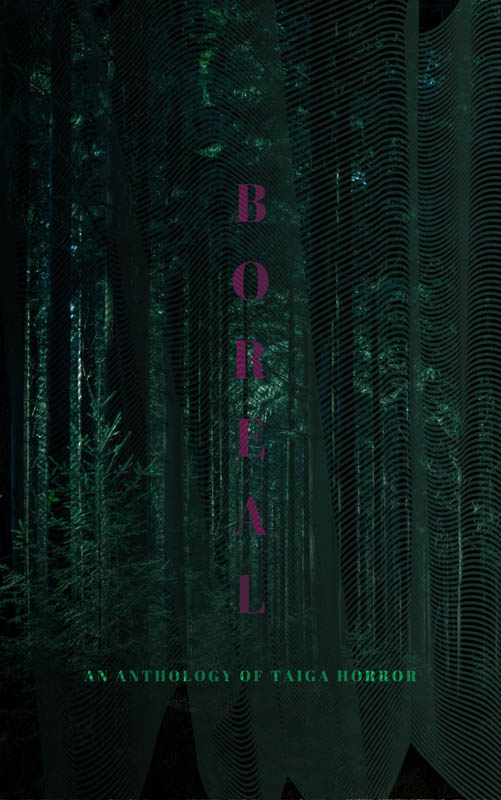
Boreal: an Anthology of Taiga Horror is a collection of twenty-two haunting tales that dwell in the deepest darkest woods and frozen wastelands, edited by Katherine Silva and including Haunted MTL’s very own Daphne Fauber. Each story has even been gifted with its very own poster, hinting at the horrors to be found within it, bestowing a beautiful visual collection as well.
The tales are varied and touch upon the environment in new and different ways, each hearkening to a sort of epiphany or raised awareness. These stories exude both dread and wonder at the smallness of our human existence in contrast to the sacred world we have isolated from, sheltering ourselves in our comfortable houses with centralized heat and everything we could possibly need or want at the ready. The taiga becomes a sanctuary outside of our own dulled awarenesses. It is a holy place imbued with powers beyond mortal human reach, a wilderness that threatens to swallow us – both whole and bit by bit, simultaneously.
The protagonists enter into this realm through ritual, superstition, longing, stubbornness, and their own hubris – yearning to survive its dangers, and to make their own marks upon it. The starkness of their surroundings harbors delicate moments that would be all too easily missed if not deliberately sought or pointed out. The softness of fur, the dappled sunlight shining through trees, the hazy clouds of breath forming in crisp air, the brittleness of bleached bone… those quiet experiences that beg to be forgotten, to lay safely sleeping just below the frozen surface, awaiting spring.
There are those who followed in the footsteps of their predecessors, seeking to escape the constraints of their parent’s and elders’ indoctrination, traditions, madness, and abuse, yearning to find their own way despite also being inextricably bound to their own pasts. There are those who just wanted to go for a walk in the woods, and remained forever changed by what they experienced. There are those who wished to impose their will upon the wilderness, their order falling to disarray, unable to make lasting impact. There are those who sought to leave behind the world of mankind, looking for oneness in the natural order of things through isolation, leaving a bit of themselves behind after being consumed by the terrors they encountered. There are those who truly found communion with the woods, became one with its wildness, and invited its spirit into their hearts to find peace, even at cost of their own lives. And then, there are the spirits themselves…
 (3 / 5)
(3 / 5)
All in all, I give Boreal: an Anthology of Taiga Horror 3.0 Cthulhus. I love existential angst so I found it to be an enjoyable read, and I appreciated the myriad manners in which the biome was explored. But there were points in which I found myself struggling to follow along, as if the words were swept up into their own wilds in ways that alienated myself as reader, as if my mere voyeurism into this otherworldly place was not enough to comprehend the subtle deviations in storytelling mannerisms fully. I suppose in some sense this seems appropriate, but at the same time, it left me feeling a bit unfulfilled, as if I had missed a spiritual connection that should have resonated more deeply.

